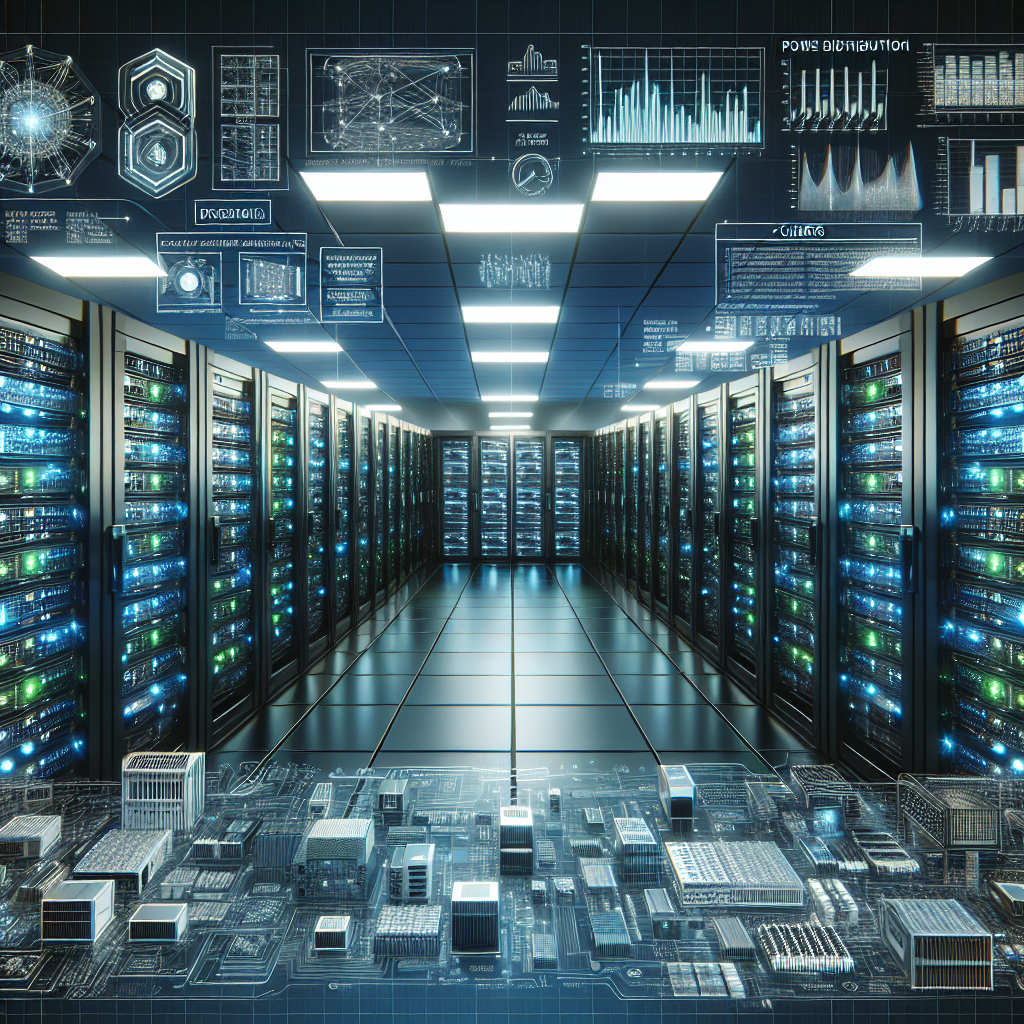As the demand for data storage and processing continues to grow exponentially, high-density data centers are becoming increasingly common. These facilities house large amounts of servers and networking equipment in a relatively small space, which presents unique challenges when it comes to power distribution.
One of the biggest challenges in high-density data centers is ensuring that there is enough power to meet the needs of all the equipment housed within the facility. This requires careful planning and design to ensure that the power infrastructure can support the high power densities required by modern servers and networking equipment.
One common solution to this problem is the use of high-density power distribution units (PDUs) that can deliver large amounts of power to a small number of devices. These PDUs are typically installed in a rack or cabinet and connect to a high-capacity power source, such as a large UPS or generator. By consolidating power distribution in this way, data center operators can more effectively manage power consumption and ensure that all equipment has access to the power it needs.
Another challenge in high-density data centers is managing heat generated by the high-power equipment. As servers and networking gear consume more power, they also generate more heat, which can lead to overheating and equipment failure if not properly managed. To address this challenge, data center operators must implement effective cooling systems, such as hot aisle/cold aisle containment, in-row cooling units, or liquid cooling solutions. By efficiently removing heat from the data center environment, operators can ensure that equipment operates at optimal temperatures and avoid costly downtime.
In addition to power and cooling challenges, high-density data centers also face issues related to power redundancy and reliability. In a high-density environment, even a brief power outage can have serious consequences, potentially causing data loss or downtime. To address this, data center operators must implement redundant power distribution paths, such as dual power feeds from separate utility sources or redundant UPS systems. These redundant systems ensure that power is always available to critical equipment, even in the event of a failure in the primary power source.
Overall, addressing power distribution challenges in high-density data centers requires careful planning, design, and implementation of power infrastructure and cooling systems. By investing in high-capacity PDUs, efficient cooling systems, and redundant power distribution paths, data center operators can ensure that their facilities can meet the demands of modern high-power computing equipment and maintain high levels of reliability and uptime.

Leave a Reply
You must be logged in to post a comment.